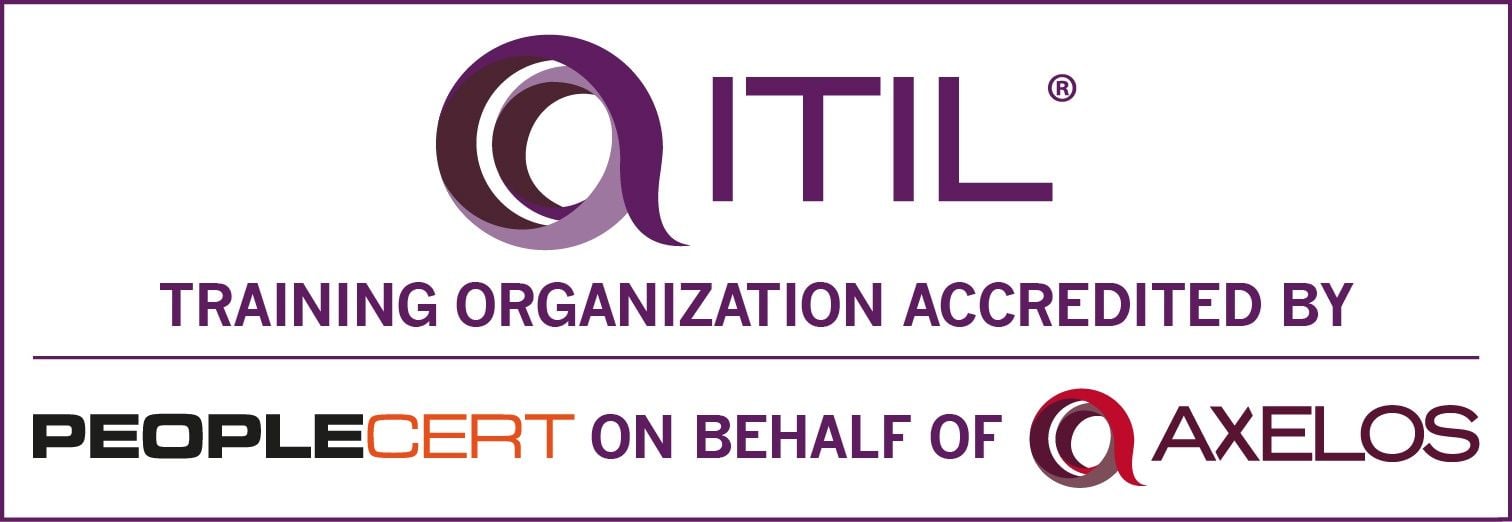5 Tips For Getting Started with Continual Process Improvement
Continuous improvement may seem like an overwhelming goal at first, but here are some concrete steps you can take to implement this process.
“We can do better”!
“We will do better”!
“There’s always room for improvement.”
There is nothing like positive affirmations of an optimistic service management team, echoed from framework to framework.
But one thing we too often glaze over is how do we do better? How do we keep improving our services and processes? In this article we will cover five quick tips to help you on your journey to continual process improvement.
Document Your Current Processes
A wise mentor of mine once said, “You can’t automate what you haven’t defined.” More broadly we can apply that same piece of wisdom to process improvement. When we look at our breadth of service offerings and our own processes, we may know in our heads what we mean, and what the ideal process is, but if we don’t write down or document our as-is processes, we lose our ability to experiment in changing them.
By defining our current processes, we can then start discussions from an informed place. Documentation comes in all shapes and sizes. You can make process maps, knowledge articles, scripts, storyboards, customer journey maps, a service catalog and service definitions, or any combination of these. Find out which of these tools work for you to define the process.
Let the World be Your Lab.
Many of our improvements to processes and services we offer won’t be from things we know how to do. If we knew there were better answers, we likely would already have been pursuing them. But sometimes, we need to test the waters to see if something is actually an improvement, or if it just sounds like one. The best way to do this is to run some experiments or small studies.
The simplest form of this is to mockup a prototype or trial of the proposed change, and test out if it works. You could gather quantitative data here and make true data-driven comparisons, or you can just let qualitative data, feedback, and anecdotes speak from themselves. If you are wondering if the Service Desk is more effective if you remove the queue balusters and let people freely approach; try it for a week. Remove them and see what happens. Beyond simply observing, we can then also talk to our users, and our employees to see if the change worked.
Get Feedback
One of the best ways to figure out what is working well and how we can improve is to talk to our employees and our users. Our employees are a wealth of information on how things can be better, especially at our frontlines. They see and overhear everything, and generally know when something isn’t working as well as it could.
Our users, too, offer a host of amazing information, but the trick is to get that information from them. We generally hear when our users are upset, they will let us know when we’ve missed the mark, or when something isn’t meeting their needs. What is important is to offer formalized means of gathering, centralizing, and reviewing this feedback. If feedback is obtained but no one reviews it, the value is lost.
It is important to review all feedback in the bigger-picture, aggregate context. A risk of acting on each piece of feedback in a bubble is that it may not be the best change to make, or we may spend too much time making adjustments with no goal in mind. A better way to approach feedback is to receive it and review it at scheduled increments. Then assess each piece of feedback for the root need or deficit it points out. You and your team can then ideate around these needs to propose solutions that might address the needs.
Don’t Be Afraid To Fail
Not every change we make is going to be a benefit. Part of experimentation is learning what doesn’t work as much as it is learning what does work. Sometimes we will make a change to a process that is a catastrophic failure. In that case, the best we can do is to make sure we document what happened, why it didn’t work, and figure out our way forward.
The way forward may be to roll back the change to the process, or it may be to iterate and try something else in the same area. Each failure shouldn’t be seen as a waste, but as a learning opportunity. If we stop ourselves from trying something that we thought might make things better, we’ll never know if it might work.
Keep on Keepin’ On
The part of continual process improvement that can feel overwhelming is the continuous aspect. With continuous improvement there is no perfection, and there is no end, but one of the first rules of project management is that every good project should have a start and end date. Where process improvement differs is that there is likely to always be more we can do, and things we can change. Don’t get defeated by this, but see it as a chance to break up the monotony, and keep innovating.
One thing that makes this easier is that there will always be new technology, solutions, software, or cultural changes that enable us to rethink how we do things. This can keep things exciting. The biggest difference with process improvement from your typical project is that there will always be something new for us to consider. If we ignore this, we run the risk of stagnating or falling behind.

)
)
)
)
)
)
)
)
)
